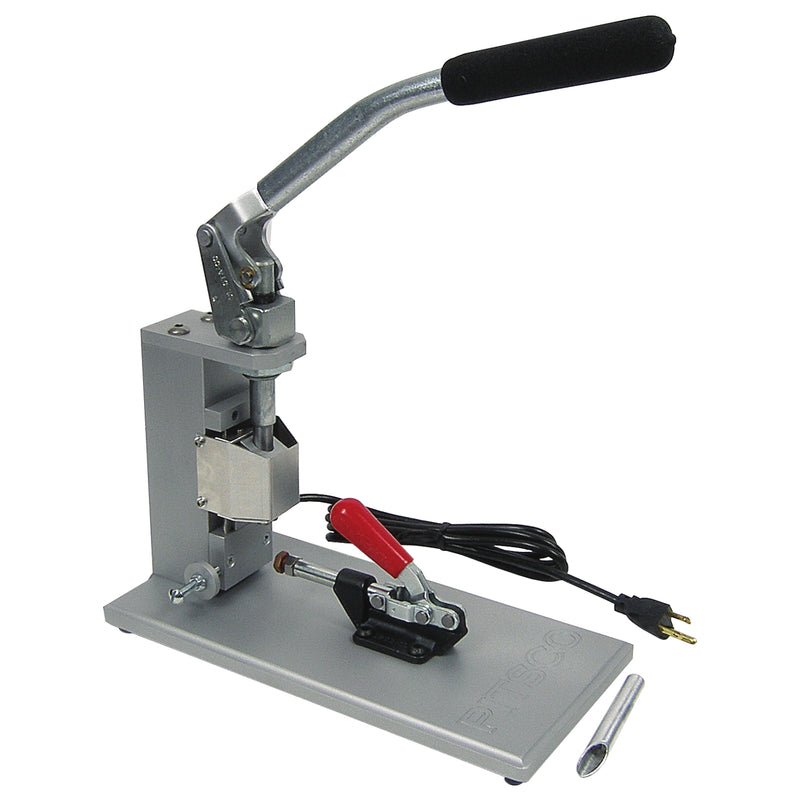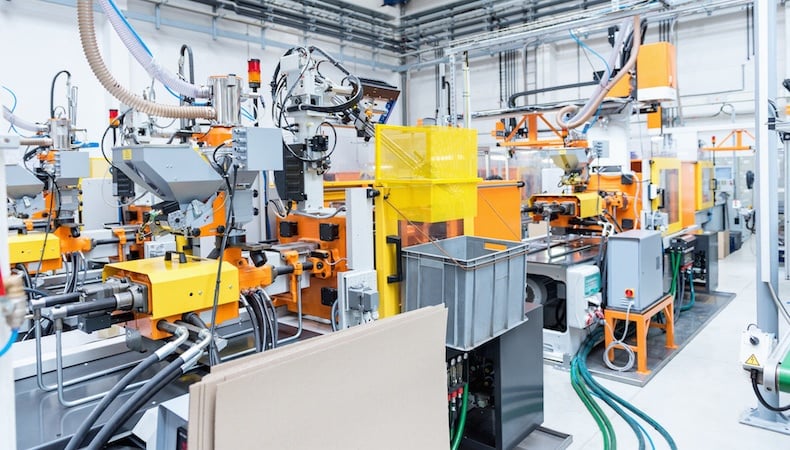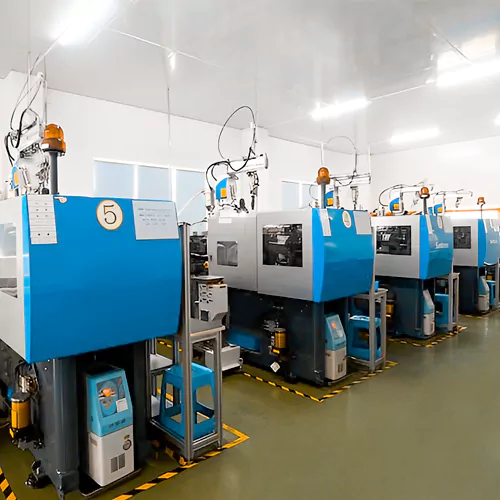The Influence of Plastic Injection Molding on Decreasing Production Expenses and Waste
Comprehending the Essentials of Plastic Shot Molding Procedures
Plastic shot molding works as a cornerstone of modern-day manufacturing, giving a methodical technique to creating intricate components with precision. This procedure not only incorporates the essential actions of melting and injecting products right into mold and mildews but likewise includes a nuanced understanding of numerous affecting elements, such as temperature and stress. As markets significantly demand efficiency and high quality, the ins and outs of this method end up being a lot more essential. Exploring these vital components can disclose exactly how even small changes can lead to significant renovations in production outcomes, elevating concerns concerning the capacity for innovation in this well-known process.
What Is Plastic Shot Molding?
Plastic injection molding is a commonly utilized production process that transforms thermoplastic and thermosetting materials right into accurate and complex forms. This strategy is favored for its capability to generate high volumes of the same components with outstanding precision, making it an essential approach in various sectors, including vehicle, durable goods, and clinical tools.
The process includes thawing the chosen plastic material and infusing it right into a mold under high stress. The mold and mildew, made to the requirements of the wanted component, permits the liquified plastic to materialize as it cools and strengthens. When the material has actually solidified, the mold and mildew is opened, and the finished part is ejected.
Plastic injection molding uses numerous benefits, including minimized waste, uniformity in manufacturing, and the ability to incorporate elaborate styles that may be testing with various other making techniques. Additionally, it sustains a wide array of products, each providing special homes that can be tailored for certain applications. As markets remain to introduce, plastic injection molding stays at the leading edge, allowing the growth of innovative items that meet progressing customer demands.
The Injection Molding Refine
The injection molding process is a sophisticated strategy that entails a number of crucial phases to generate high-quality plastic elements. Originally, plastic pellets are fed into a heated barrel where they are merged a viscous liquid. This molten plastic is then infused under high stress into a precision-engineered mold and mildew, which forms the product right into the desired type.
Once the mold is loaded, the plastic is permitted to cool down and strengthen, taking the shape of the mold dental caries. Cooling time is vital, as it affects the cycle time and the final homes of the shaped component. After adequate air conditioning, the mold and mildew opens up, and the completed component is ejected making use of ejector pins.

Products Made Use Of in Shot Molding
Numerous materials can be made use of in the shot molding procedure, each offering one-of-a-kind residential or commercial properties that accommodate particular applications. One of the most commonly utilized products consist of thermoplastics, thermosetting plastics, and elastomers.

Thermosetting plastics, like epoxy and phenolic materials, go through a chemical modification during the healing procedure, leading to a rigid, inflexible structure. These materials are optimal for applications needing high warm resistance and structural stability, usually utilized in electric insulators and automotive components.
Elastomers, consisting of silicone and rubber-based products, provide adaptability and strength. Their one-of-a-kind buildings make them ideal for applications that demand flexibility, such as gaskets and seals.
Additionally, specialty materials like bio-based plastics and composites are obtaining grip for their ecological benefits and enhanced efficiency qualities, broadening the extent of shot molding applications in numerous markets. Understanding the homes of these materials is essential for selecting the appropriate type for certain tasks.
Benefits of Shot Molding
Shot molding attracts attention as an extremely reliable production procedure that provides many benefits for producing complex components with precision. Among the most substantial advantages is the ability to develop intricate styles that would be difficult or impossible to achieve with various other approaches (Plastic Injection Molding). The procedure permits for thorough functions and tight resistances, guaranteeing premium components
In addition, shot molding is recognized for its rapid production capabilities, making it a perfect option for high-volume manufacturing. As soon as the mold is developed, components can be generated promptly, reducing preparations and raising general performance. This effectiveness not just decreases manufacturing prices however additionally offers an one-upmanship in the market.
The flexibility of materials made use of in injection molding further enhances its charm. A wide variety of thermoplastics and thermosetting polymers can be utilized, enabling manufacturers to pick products that ideal meet their specific needs, including adaptability, stamina, look at this website and warm resistance.
Additionally, the process reduces waste, as excess product can typically be reused and recycled. This sustainability facet adds to a minimized ecological influence, making injection molding a responsible manufacturing selection. Overall, the advantages of shot molding make it a recommended method for lots of sectors.
Factors Impacting Product High Quality
While countless variables can influence item high quality in injection molding, comprehending these aspects is vital for accomplishing ideal results. Secret aspects include material selection, processing parameters, and mold style.
Material choice plays a crucial function, as various polymers display special homes that influence flowability, toughness, and thermal security. Poor product choice can result in problems such as warping or incomplete dental filling.
Handling parameters, consisting of temperature level, stress, and cycle time, must be thoroughly managed. Variants in these setups can cause incongruities in component dimensions and surface area coating. Exceedingly high temperature levels may create deterioration of the polymer, while insufficient stress can result in brief shots.
Mold layout is just as crucial, as it identifies the circulation of the molten plastic and the cooling process. Poorly made molds might result in irregular air conditioning rates, resulting in dimensional mistakes and recurring tensions.

Conclusion
Finally, plastic shot molding acts as an important production procedure that enables the effective production of high-grade parts. Proficiency of the injection molding procedure, consisting of the understanding of materials and the influence of different factors on product high quality, is crucial for achieving optimal outcomes. The advantages of this approach, useful content such as cost-effectiveness and layout versatility, further emphasize its significance across numerous industries, strengthening its status as a preferred option for high-volume manufacturing.
Plastic shot molding serves as a cornerstone of contemporary production, offering a systematic strategy to generating intricate elements with accuracy.Plastic shot molding supplies several advantages, consisting of reduced waste, uniformity in production, and the capability to include elaborate designs that might be testing with other making methods (Plastic Injection Molding). As industries proceed to introduce, plastic injection molding stays at the leading edge, allowing the growth of go to this web-site innovative products that satisfy developing customer needs
The shot molding procedure is a sophisticated technique that involves a number of crucial stages to produce top notch plastic parts.In conclusion, plastic shot molding offers as a critical production process that allows the efficient production of top notch elements.